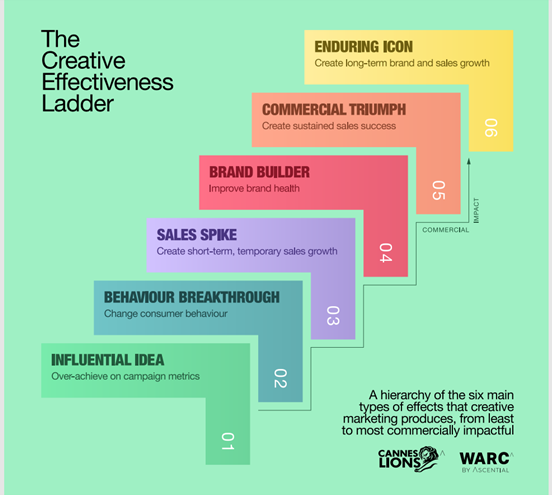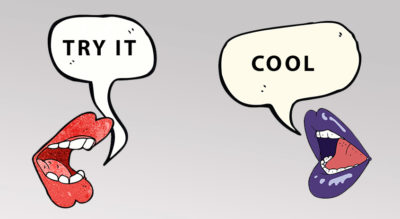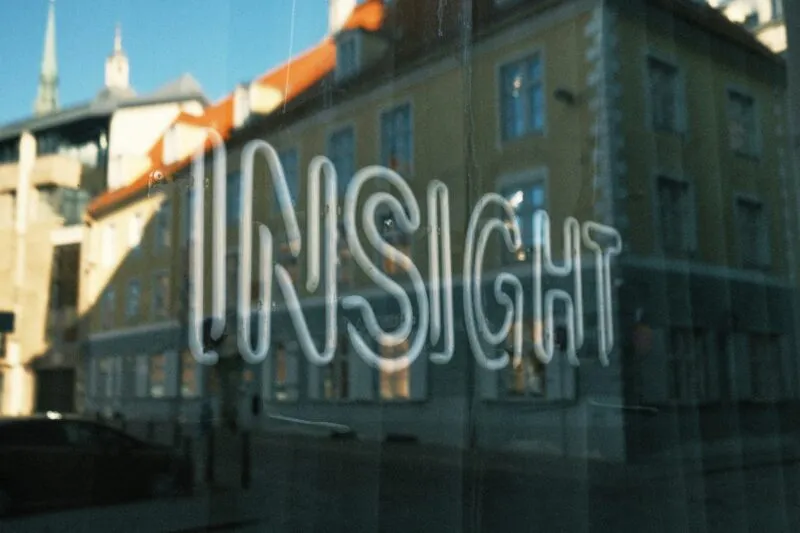The key to advertising effectiveness is creative commitment and truly great insights
“Creative Commitment correlates very tightly with effectiveness – campaigns get more effective in terms of sales, brand building, market share and profit effects the longer their duration, the more numerous their media channels, and the higher their overall spend” – Hurman and Field, 2020
Advertising effectiveness, the golden phrase in marketing, the thing all marketers strive for. Effectiveness in advertising refers to the proficiency a given ad has in accomplishing what it sets out to do. Campaigns can have any number of set objectives, from growing brand awareness and boosting sales, to increasing customer engagement or generating a desired behaviour change.
The Creative Effectiveness Ladder and Creative Commitment
In 2020, marketing experts James Hurman and Peter Field on behalf of Cannes Lions and WARC developed a framework to assess the effectiveness of creative campaigns, they termed it The Creative Effectiveness Ladder. It is a hierarchy of six main types of positive effects produced by marketing efforts, see the ladder below.

They also established a measure known as Creative Commitment, which incorporates the budget, duration and media channels given to a campaign. The greater the spend, length and number media channels used, the greater the Creative Commitment.
The study analysed thousands of campaigns from 2011 to 2019, using assigned scores for effectiveness and creative commitment based on their frameworks. Effectiveness had a maximum score of 21 (i.e. the campaign fulfilled every stage of the ladder). Whilst creative commitment had a maximum score of 15 (i.e. the campaign had high media spend, high duration and high number of channels).
Using these measures, Hurman and Field discovered:
“Creative Commitment correlates very tightly with effectiveness – as Creative Commitment increases, so does effectiveness”

Budget is not the be all and end all to Creative Commitment though. Even at lower budgets they discovered effectiveness can be improved by increasing campaign duration and utilising more media channels. They suggest even those restricted by budget can improve brand growth by executing fewer campaigns, but with a greater level of Creative Commitment.

The Need for Great Insight
The answer isn’t as simple as devote more resources to a campaign and effectiveness will follow. Hurman and Field explain:
“Creative Commitment is an amplifier of robust strategy and media planning – not a replacement for them”
In their research, Hurman and Field measured campaigns that were award entrants and winners, if they were to measure campaigns lacking in strategy and planning, they believed they would be ineffective, even with high levels of creative commitment.
Truly great and effective advertisements are built on astute insights. Effectiveness is achieved by developing a profound understanding of the market, creating a creative campaign that feeds into this understanding and then backing it wholeheartedly.
A great example of this is Canadian Club’s ‘The Big Question’ campaign which launched in 2017.
Canadian Club challenges beer’s stronghold over alcohol consumption in Australia, by offering their dark spirit as a replacement beverage.
The strategy behind the campaign as Creative Director Scott Derrick describes, was to:
“Take on beer in Australia. We drink it, our dads drink it, and their dads drank it, too. It’s in our cultural DNA. However, Australia is changing, and our drink choices are too. The campaign shows that beer isn’t everything that it’s cracked up to be it has been bloating our bellies and making our breath bad for far too long”
What Canadian Club has done so well is create a ‘platform idea’, a thoughtful insight which can be repeated and replicated (allowing communication of the same story in different ways). This is encapsulated by their follow up campaign ‘Who Made Beer the Boss of Summer? Which launched in 2019.
By maintaining similar messaging over several years (and committing ad spend and various media channels), the brand has the opportunity to occupy a meaningful position in consumers’ minds, creating a synonymous identity, providing the basis for long-term brand and sales growth.
Other great examples of brands showing excellent creative commitment and strategy include Specsavers long running ‘Shouldve Gone to Specsavers’ campaign and Snicker’s ‘You’re Not You When You’re Hungry’ campaign.
The Decline of Creative Commitment
Although this research’s conclusions of the link between improved Creative Commitment and higher levels of effectiveness are clear, Creative Commitment within the industry has been in decline since 2014.

This can be attributed to the increased adoption of smaller budget, smaller duration campaigns, many of which are focused predominantly on online / social media platforms.
Additionally, too often brands switch direction at the drop of a hat. Marketing directors leave, brands get bored or try to be too clever, too reactive, but this doesn’t allow for the necessary time or dedication needed for campaigns to truly make a lasting impact. If marketers are constantly looking for quick hits, or rapid return on investment, there is no opportunity to grow or to commit to a long-term brand strategy.
…
To read more about James Hurman and Peter Field’s findings, download ‘The Effectiveness Code. From Cannes Lions & WARC. 2020’




